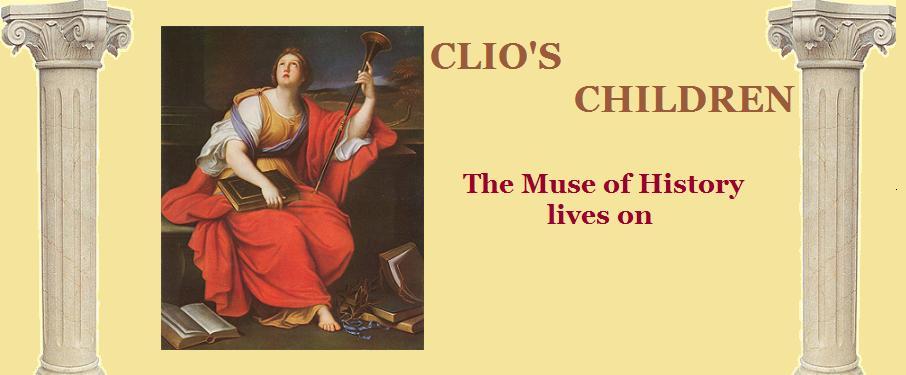The author of the first comprehensive scholarly commentary on the Talmud1, and considered the father of all that came after, Shlomo Yitzhaki (or "son of Yitzhak") was a French rabbi better known by the acronym Rashi (RAbi SHlomo yItzhaki). He was born in 1040 AD in Troyes, Champagne. His father, a vintner, was his first Torah2 teacher, but on his death Rashi found other scholars in both Troyes and Worms. The tradition in which he studied was rich in understanding of the meaning of the Torah and Talmud, paving the way for his own works that are both profound and accessible to beginning students.
At 25 he moved back to Troyes where he was made a part of the rabbincal court and later named to head it. He established a yeshiva3 there in 1070 that drew many disciples. In 1096 Mainz Jewish population was massacred by members of the People's Crusade, and Rashi wrote several Selichot4 mourning the slaughter. In addition seven of Rashi's Selichot still exist, including Adonai Elohei Hatz'vaot5, which is recited on the eve of Rosh Hashanah6, and Az Terem Nimtehu7, which is recited on the Fast of Gedalia8.
Rashi died on July 13, 1105, and was buried in Troyes. The site was lost, but was again discovered by more recent scholars and now bears a memorial to Rashi.
Rashi's commentary on the Tanakh9 — and especially his commentary on the Chumash10 — is the essential companion for any study of the Talmud at any level. Drawing on the breadth of Midrashic11, Talmudic and Aggadic12 literature (including literature that is no longer extant), as well as his knowledge of grammar, halakhah, and how things work, Rashi clarifies the "simple" meaning of the text so that a bright child of five could understand it. At the same time, his commentary forms the foundation for some of the most profound legal analysis and mystical discourses that came after it. Scholars debate why Rashi chose a particular Midrash11 to illustrate a point, or why he used certain words and phrases and not others. Rabbi Shneur Zalman of Liadi wrote that “Rashi’s commentary on Torah is the ‘wine of Torah’. It opens the heart and uncovers one’s essential love and fear of God." Wikipedia13His three daughters were also Talmudic scholars and married to the same. You can learn more in Maggie Anton's "Rashi's Daughters" trilogy: Rashi's Daughters, Book I: Joheved: A Novel of Love and the Talmud in Medieval France
Glossary and notes
1 Talmud: The collection of ancient Rabbinic writings consisting of the Mishnah and the Gemara, constituting the basis of religious authority in Orthodox Judaism. The Mishnah is the first section of the Talmud, being a collection of early oral interpretations of the scriptures as compiled about a.d. 200. The Gemara is the second part of the Talmud, consisting primarily of commentary on the Mishnah.
2 Torah: The first five books of the Hebrew Scriptures. (Sometimes called the Pentateuch.)
3 yeshiva: An institute of learning where students study sacred texts, primarily the Talmud.
4 Selichot: penitential poems and prayers, especially those said in the period leading up to the High Holy Days, and on Fast Days. The Thirteen Attributes of God are a central theme throughout the prayers.
5 Adonai Elohei Hatz'vaot: Selichot recited on the eve of Rosh hashanah.
6 Rosh Hashanah: commonly referred as the Jewish New Year (literally translated as "head of the year").
7 Az Terem Nimtehu: Selichot recited on the Fast of Gedalia..
8 Fast of Gedalia: a Jewish fast day from dawn until dusk to lament the assassination of the righteous governor of Judah of that name, which ended Jewish rule and completed the destruction of the first Temple..
9 Tanakh: Bible used in Judaism
10 Chumash: a Hebrew word for the Pentateuch, used in Judaism. (See Torah.)
11 Midrash/Midrashic: a Hebrew term referring to the not exact, but comparative (homiletic) method of exegesis (hermeneutic) of Biblical texts, which is one of four methods cumulatively called Pardes. The term midrash can also refer to a compilation of homiletic teachings (commentaries) on the Tanakh (Hebrew Bible), in the form of legal and ritual (Halakha) and legendary, moralizing, folkloristic, and anecdotal (Haggadah) parts.
12 Aggadic: refers to the homiletic and non-legalistic exegetical texts in classical rabbinic literature - particularly as recorded in the Talmud and Midrash. In general, Aggadah is a compendium of rabbinic homilies that incorporates folklore, historical anecdotes, moral exhortations, and practical advice in various spheres, from business to medicine.
13 http://en.wikipedia.org/wiki/Rashi
Glossary definitions primarily from The Free Online Dictionary.





0 comments:
Post a Comment